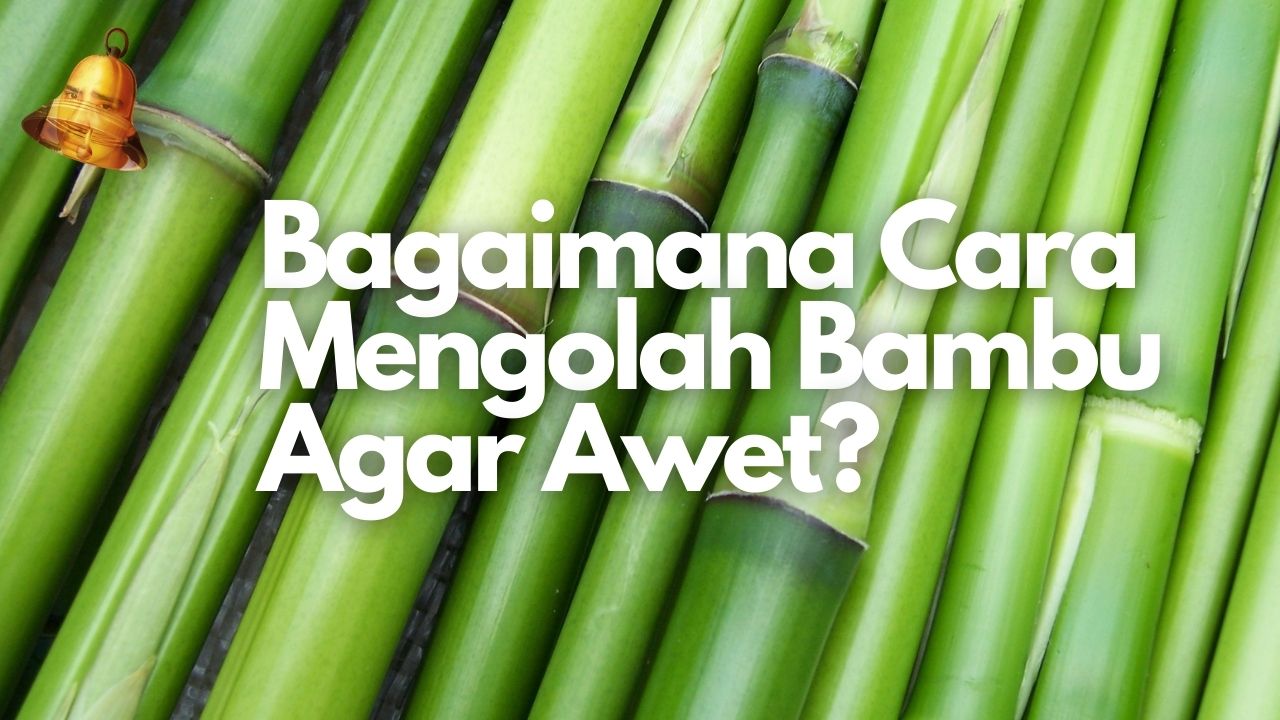Bamboo is a natural material that is often used for various purposes, from crafts, furniture, to buildings. Bamboo has advantages such as being strong, flexible, easy to shape and environmentally friendly. However, bamboo is also susceptible to attacks by pests, fungi and weather which can cause it to become damaged quickly. Therefore, several steps need to be taken to process bamboo so that it is durable and long-lasting.
How to Process Bamboo to Make It Last
The following is how to process bamboo so that it is durable and long-lasting:
Choose quality bamboo
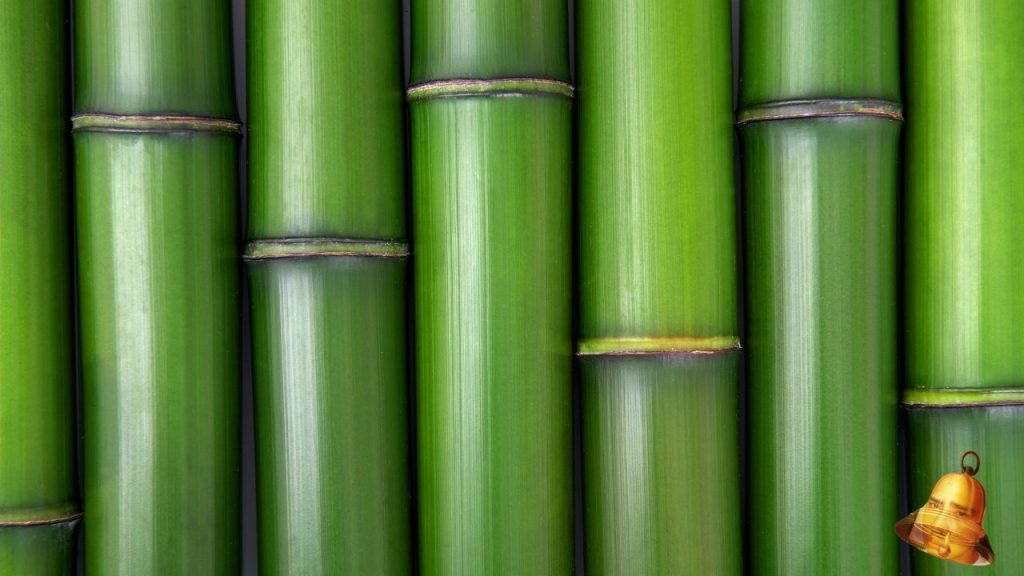
Quality bamboo is bamboo that is old, brownish yellow in color, and has long segments. Avoid bamboo that is young, green, and has short segments. Young bamboo has a high water content and is more easily attacked by pests.
Cut the bamboo to the desired size
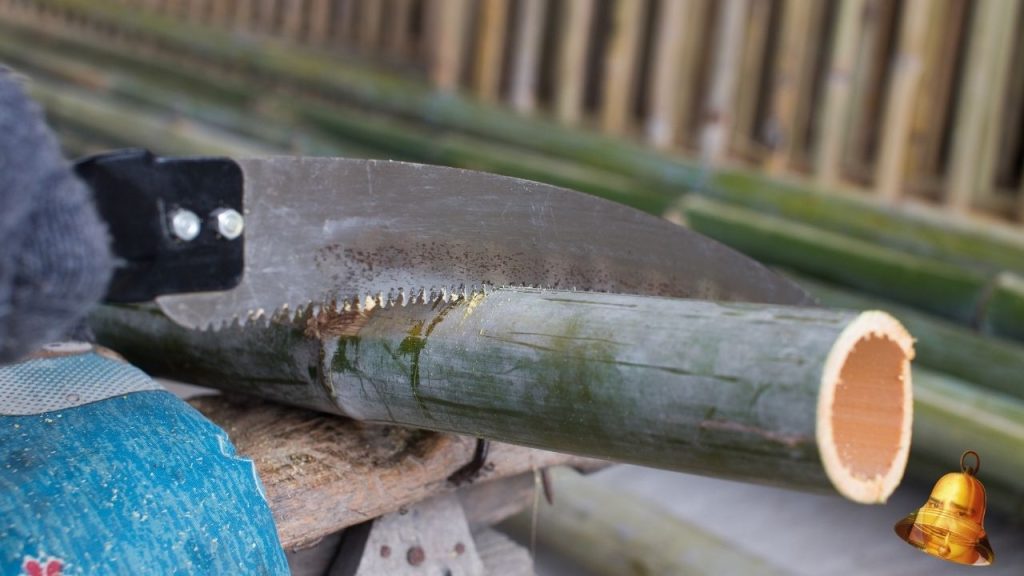
Use a sharp and clean cutting tool to cut the bamboo. Make sure you cut the bamboo between the segments, not the joints. This aims to avoid cracks in the bamboo.
Dry the bamboo in direct sunlight
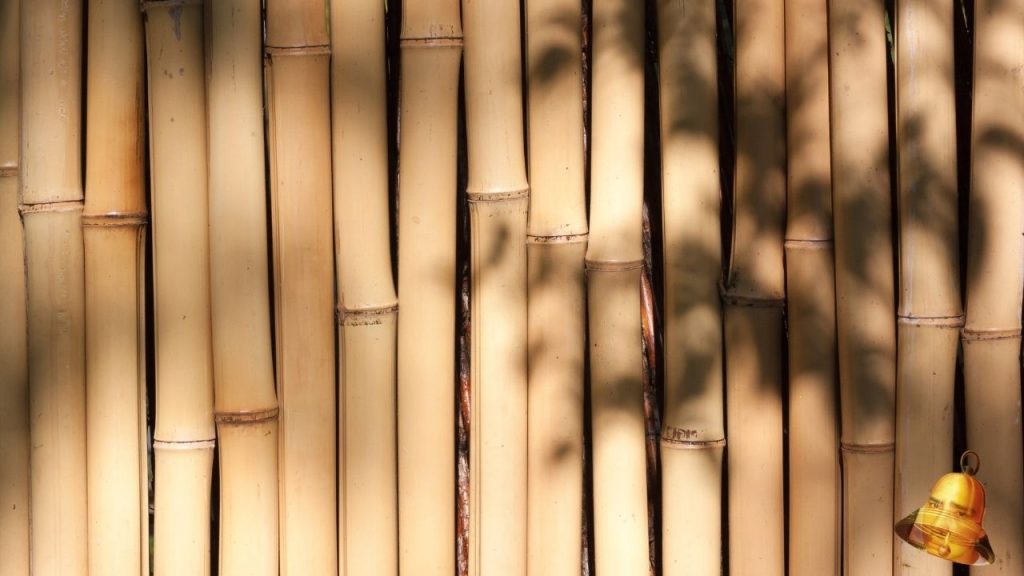
This drying process aims to reduce the water content of the bamboo and make it harder. You can dry the bamboo for 2-3 weeks or until the bamboo changes color to a darker color.
Soak the bamboo in a borax or boron solution
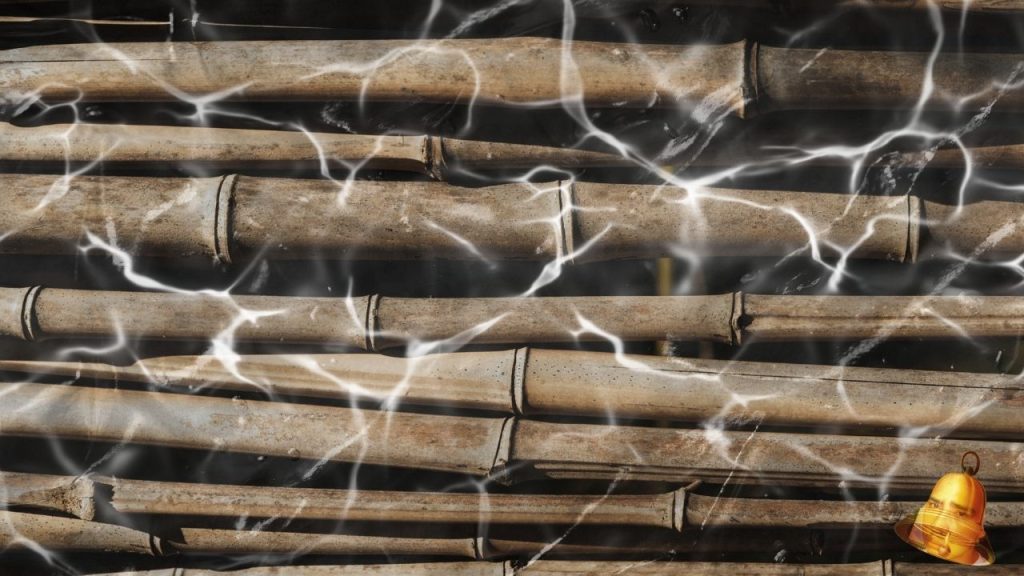
Borax or boron is a chemical that can kill pests, fungi and bacteria in bamboo. You can soak the bamboo in a borax or boron solution for 1-2 days or until the solution absorbs into the bamboo.
Remove and dry the bamboo again
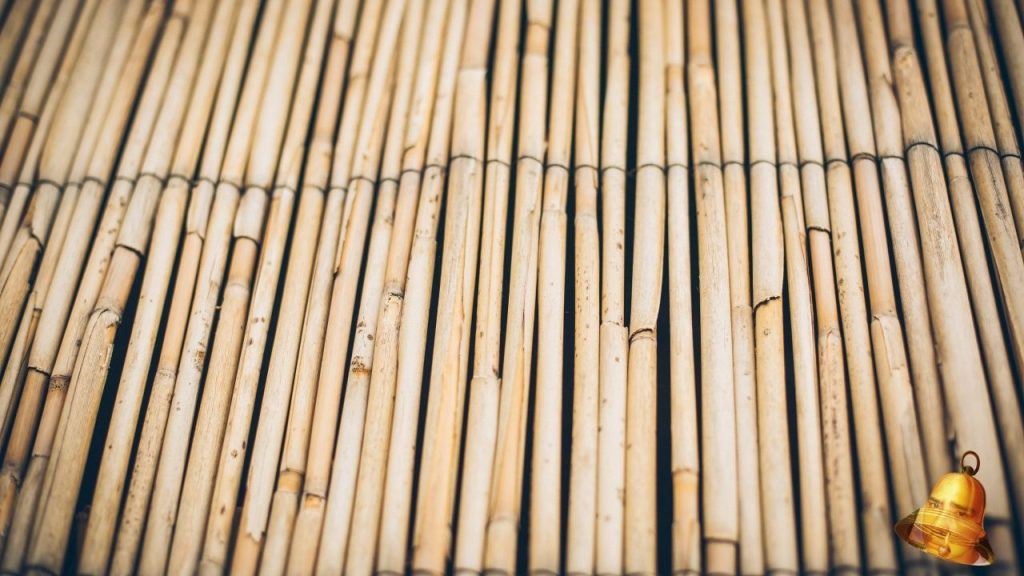
After soaking, remove the bamboo from the solution and dry it again in direct sunlight. This drying process aims to remove the remaining solution on the bamboo and make it drier.
Finish the bamboo
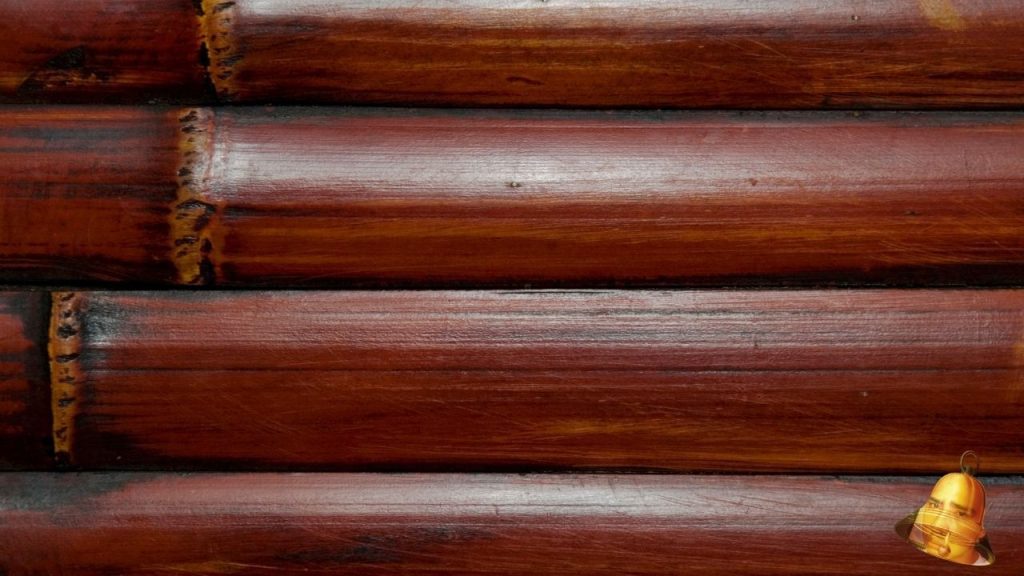
Finishing is the final process to provide additional protection to bamboo. You can use paint, varnish, or oil to coat the bamboo surface. Choose finishing materials that suit the function and aesthetics of bamboo.
Uses of Processed Bamboo
After following the method above, you have succeeded in processing bamboo so that it is durable and long-lasting. So, what are the uses of processed bamboo? Processed bamboo has many uses in various fields, such as agriculture, industry, construction, health and art. Here are some examples of uses for processed bamboo:
Bamboo can be used as raw material for making paper, pulp and rayon
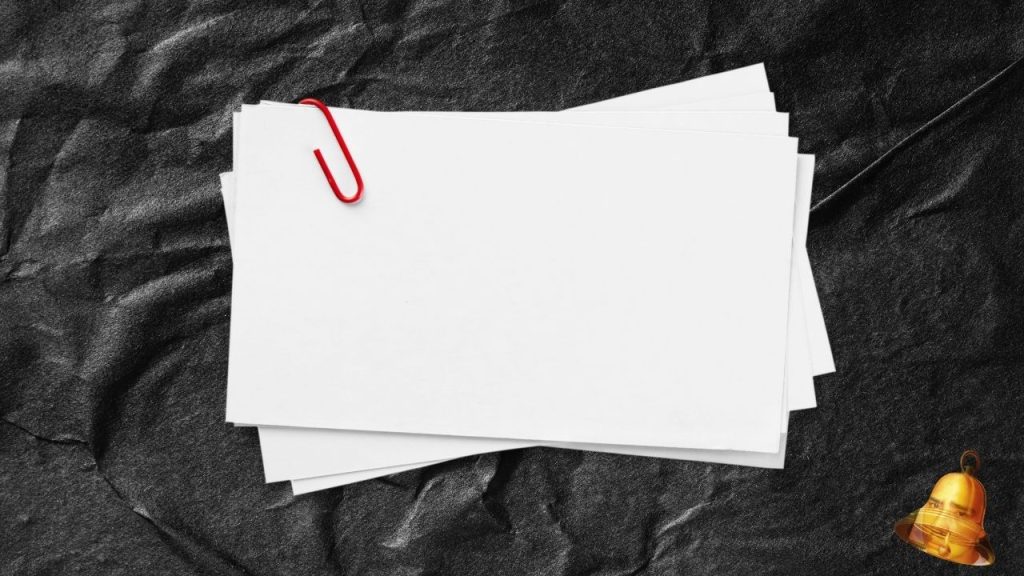
Bamboo paper has a smooth and strong texture, and is environmentally friendly. Bamboo pulp can be used as raw material for textile fibers, such as bamboo cotton and bamboo linen. Bamboo rayon is a synthetic fiber made from bamboo cellulose, which is soft, light and absorbs sweat.
Bamboo can be used as a building material (floors, walls, roofs, fences, bridges and furniture)
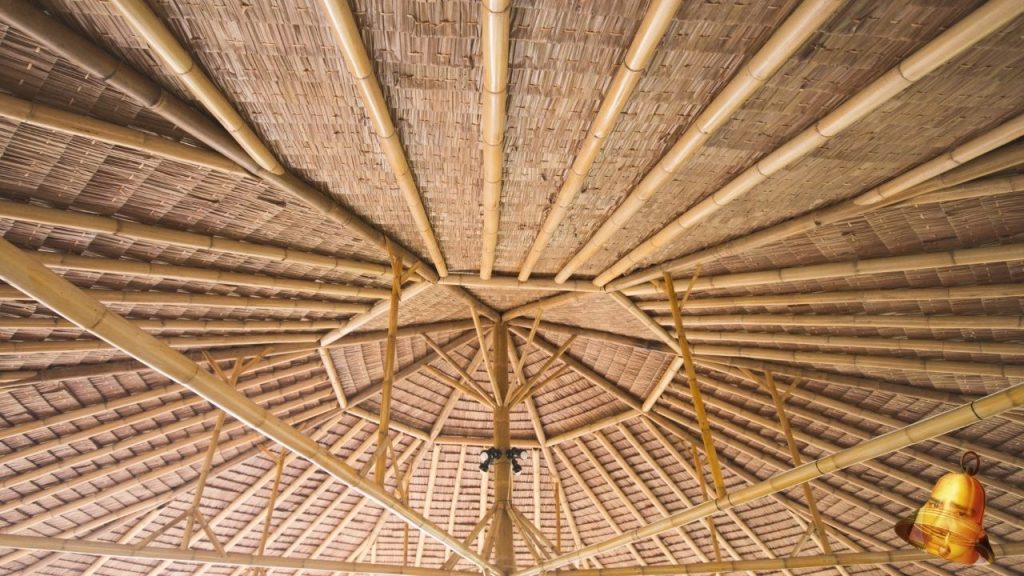
Bamboo has high tensile strength, so it can withstand heavy loads. Bamboo is also resistant to attacks by termites, fungi and fire. Bamboo can give a natural, aesthetic and elegant impression to buildings.
Bamboo can be used as food (bamboo shoots, bean sprouts, and syrup)
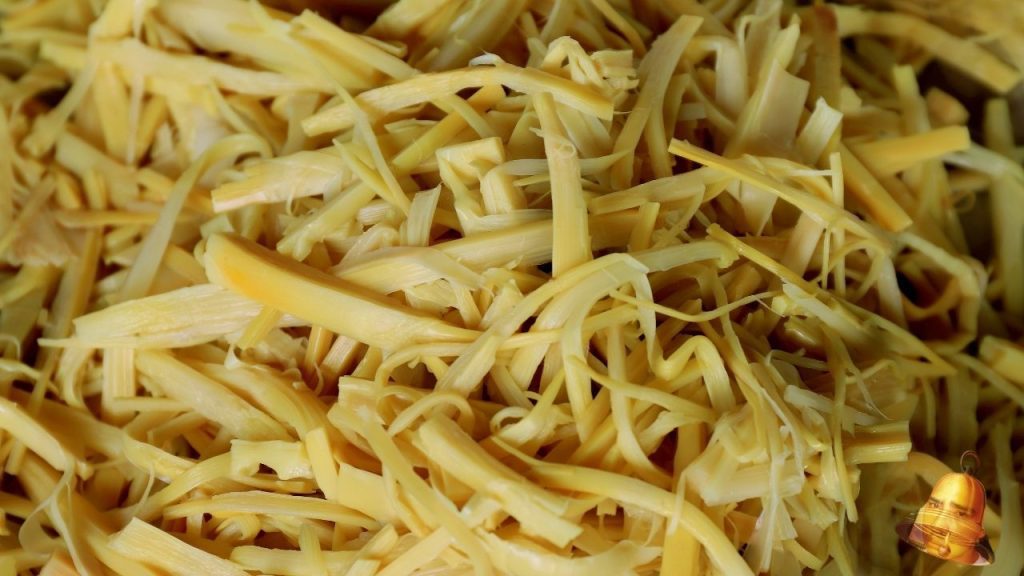
Bamboo shoots are young bamboo shoots that can be eaten as a vegetable or pickled. Bean sprouts are bamboo seeds that have been sown and grown in water. Syrup is a sweet liquid produced from boiling young bamboo stems. Bamboo food has high nutritional content, such as protein, carbohydrates, vitamins, minerals and fiber.
Bamboo can be used as a medicinal ingredient (essential oils, extracts, and charcoal)
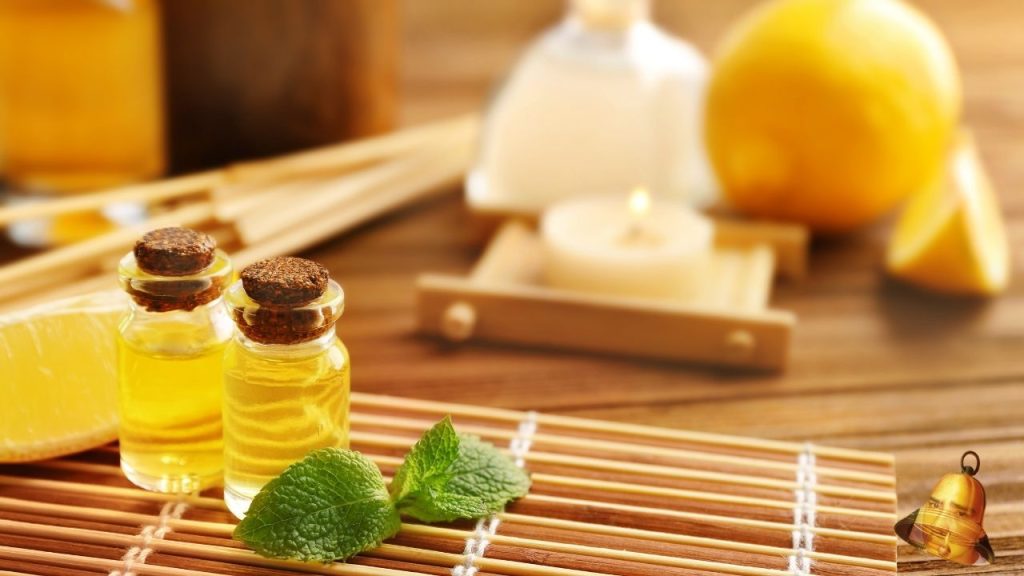
Essential oil is an aromatic liquid produced from steam distillation of bamboo leaves. Extract is a thick liquid produced from soaking or boiling bamboo parts. Charcoal is a black solid produced by burning bamboo parts without air. Medicinal ingredients from bamboo have various properties, such as anti-inflammatory, anti-bacterial, anti-oxidant, anti-diabetic and anti-cancer.
Bamboo can be used as an art material (crafts, music and painting)
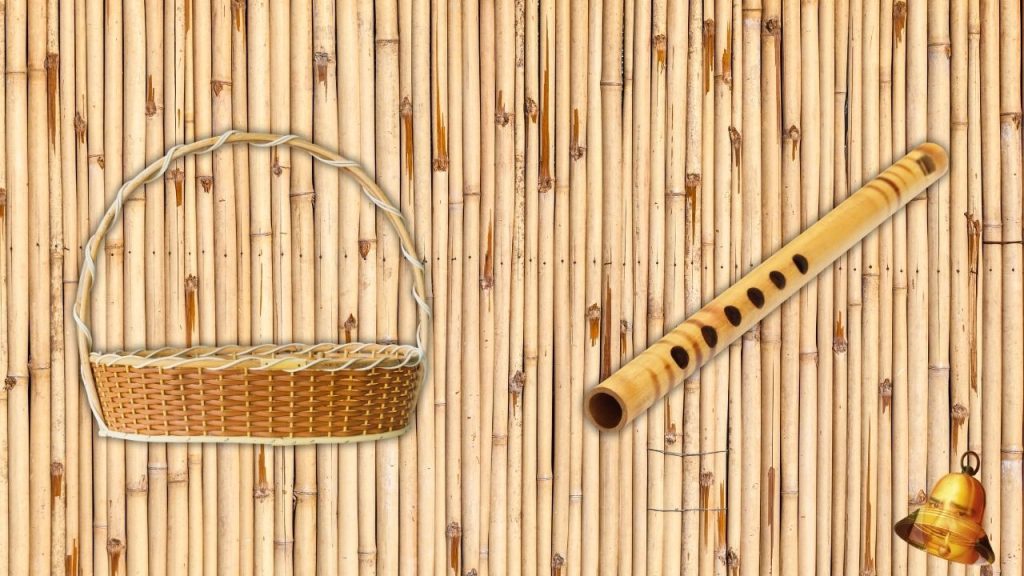
Handicrafts are items made from woven or carved bamboo, such as baskets, vases, lanterns, dolls and jewelry. Music is the sounds produced from musical instruments made from bamboo, such as the flute, angklung, gambang, and kolintang. Paintings are images made using bamboo as a brush or medium.
Types of Bamboo
If you want to make crafts from bamboo, you have to know the type of bamboo that is durable and suitable as a raw material. There are many types of bamboo that grow, but not all of them have good quality. The following are several types of bamboo that are durable and often used for crafts.
Betung bamboo
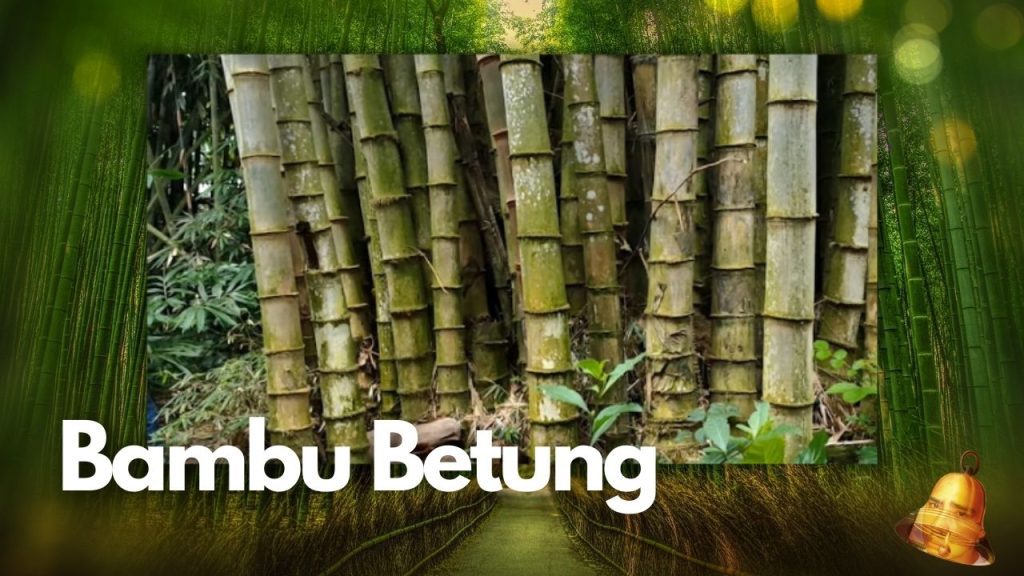
This type of bamboo is one of the largest and strongest. The stems are hard and durable, suitable for home construction and furniture. Betung bamboo is also known as black bamboo because of its blackish color.
Bamboo apus
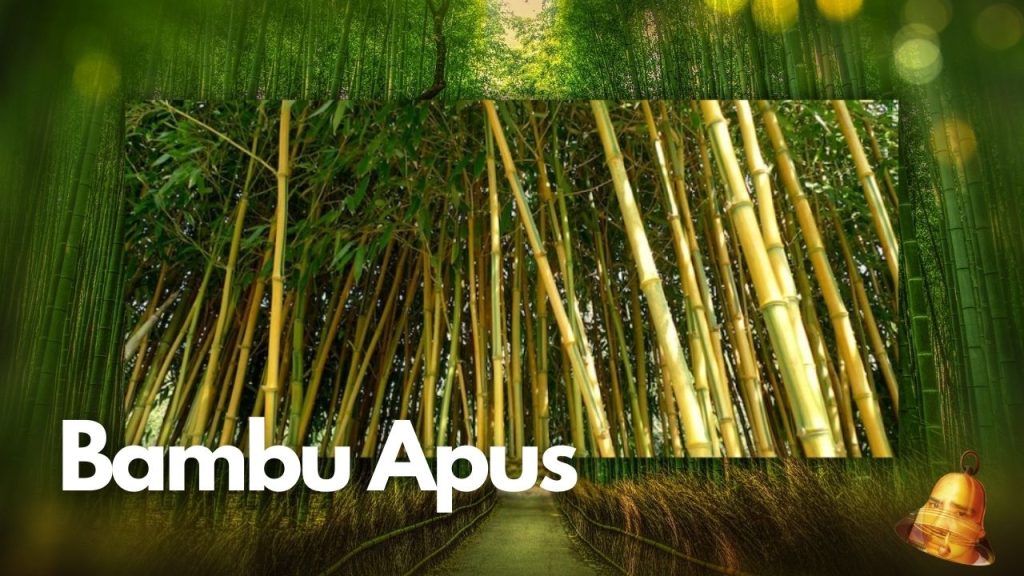
This type of bamboo has long, strong and light stems. Apus bamboo is often used as building materials, household tools, and handicrafts. Apus bamboo is also easy to find in tropical areas like Indonesia.
Yellow bamboo
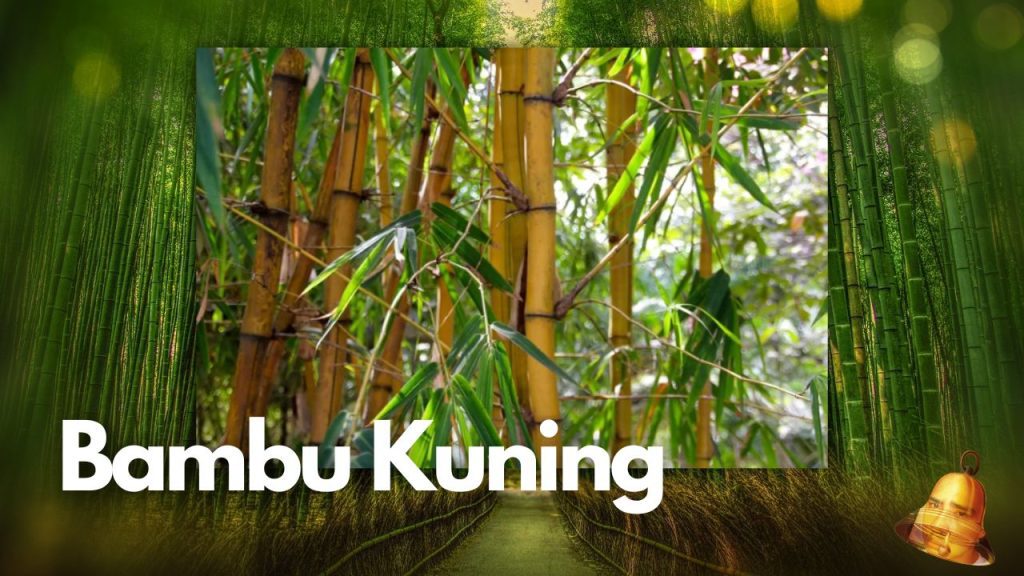
This type of bamboo has greenish yellow stems. Yellow bamboo is usually used as a construction material, musical instruments and household utensils. Yellow bamboo also has fine wood fibers and is easy to shape.
By following the method above, you can process bamboo so that it is durable and long-lasting. You can use processed bamboo for various purposes according to your creativity.


